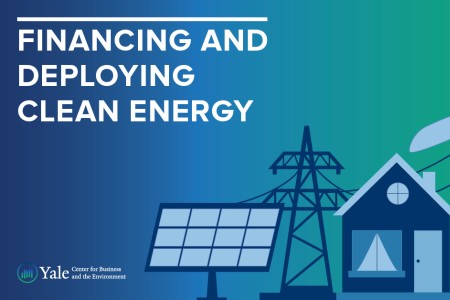FDCE Policy Memos, 2021-22
Our largest cohort of participants work around the world. Part of their coursework involves writing policy memos that can spark new policy. (At least one participant's memo already has helped do that.) We're sharing a sample of these memos. For more about the course and its goals, visit this page.






